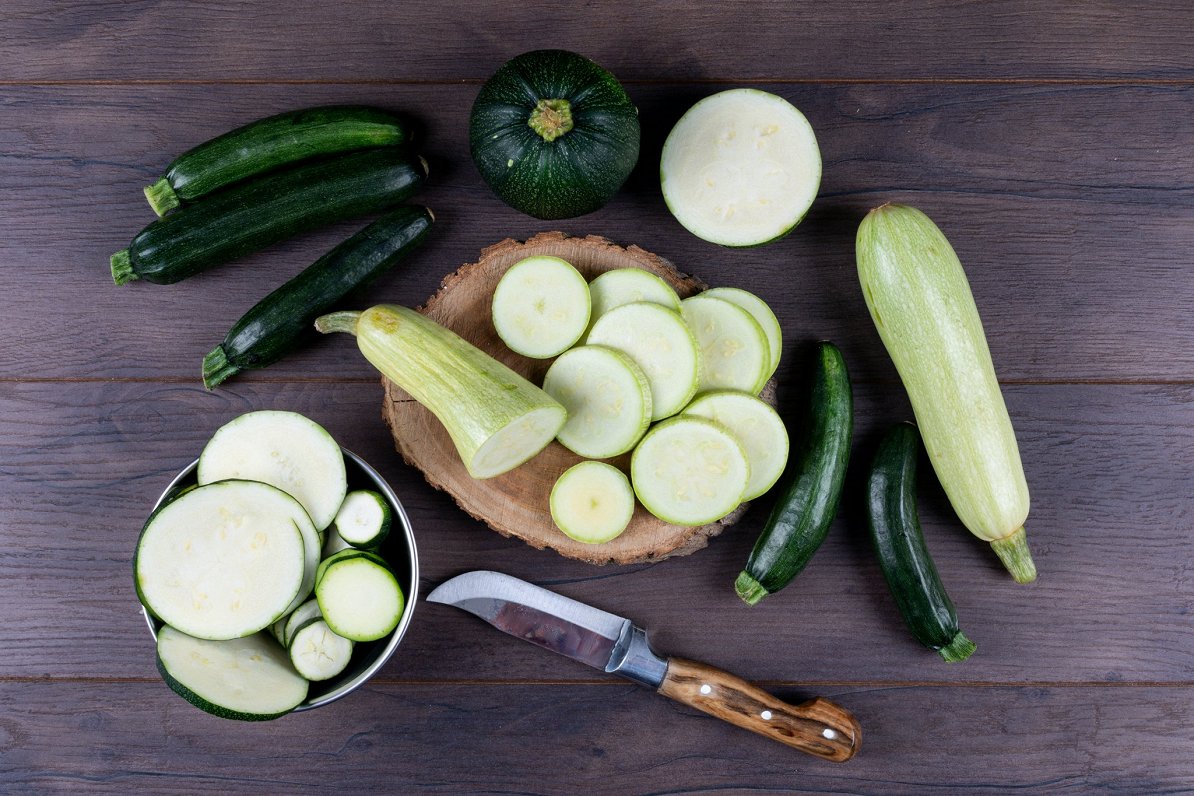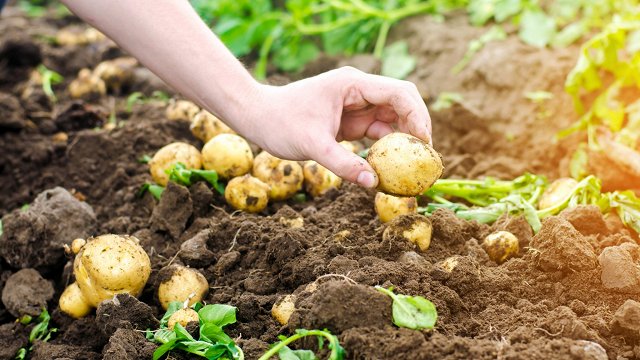As the fast-growing squash expands exponentially to take over vegetable patches, people start plotting how to dispose of them. Neighbors, relatives and casual passers-by may all be made gifts of prime zucchini in an effort to thin the crop. The trouble is, many of those same neighbors, relatives and casual passers-by are also giving away as many zucchini as they can, so you will likely end up in the situation of having to eat just as many zucchini, but with some of them grown by other people. This is what is known as a varied diet in zucchini season.
Everything started with "If it doesn't grow..." – this formula has resulted in an expansive zucchini crop in the spring and summer for Linda Blīgzna, who owns a farm near Madona. Previously, she grew some seedlings in a greenhouse, but this year she decided to try sowing seeds directly in the field in two furrows. The harvest was so over-successful that she has taken to social networks to look for uses for for zucchini and people who might want a few.
As horticulture experts admitted to LSM.lv, one seedling can bring forth as many as 15 zucchinis, and after about six have been eaten, the search for people upon whom to dump the surfeit begins in earnest.
As Linda told LSM.lv, some bags went to the nearby soup kitchen, and a family with many children to feed also took a few. Yet more bags of vegetables went to chicken farmers to feed their poultry, but the rest of the veg are still on Linda's hands and she has been exploring as many recipes as digestible to make use of the zucchinis.
The last thing that was made in Linda's kitchen was zucchini soup with chanterelles, which she says was delicious. However, next year, she plans to plant only about six seedlings and even then expects to have more than enough to satisfy her zucchini needs.
According to the horticulture experimental station in Pūre, an over-abundance of zucchini is a frequent phenomenon even among the experts. When nobody wants to eat them any more:
"Our collective solution is to give them to colleagues who have chickens, rabbits or any other animal at home who wants to eat them."
You should expect that you can get 15 medium-sized zucchinis from one plant, so that might be enough for a family that isn't particularly big on Cucurbitae consumption, Doctor of Biological Sciences Vija Rožukalne says. "It should be taken into account that zucchini is more useful for cooking when it is small – about the size of a large cucumber. Then it is tender and does not have such large seeds that are usually difficult to process – a hard skin comes, then you have to peel it, which not everyone likes," she adds.
Vija Rožukalne said that this year the conditions for zucchini are particularly good. It has been hotter than usual but also sunny and rainy, giving the necessary moisture. In addition, this year, as an experiment, following the recommendation of an employee who has experience growing zucchini on a large scale, zucchini were planted far apart, giving each plant plenty of space, even two meters between plants.
"In the experiment, we sowed very sparsely, but we still got a lot. There is nowhere to put them, just like everyone else," she admitted.
Latvia's massive annual zucchini surplus means many of them end up at Rīga Zoo. There are people who share their leftovers each season by simply leaving a squash at the cash register during their annual visit to the zoo or at the staff entrance.
Zoo residents keen to sink their teeth into zucchini include goats, cattle, camels, wild boar, and small monkeys – though given the small genetic distance separating humans from primates, the monkeys probably get a bit sick of eating zucchini, too.
If all else fails, there is always the option of compost – though if any zucchini has to go into the compost pile, horticulture expert Vija Rožukalne recommends that they be chopped or mashed first up so that they decompose and recycle faster.
Chopped, mashed, boiled, baked, fried, grated, sliced and diced – resistance is futile, there is simply no escaping kabači in Latvia at this time of year, but on a positive note there is surely no better illustration of the 'circular economy' princple.

































